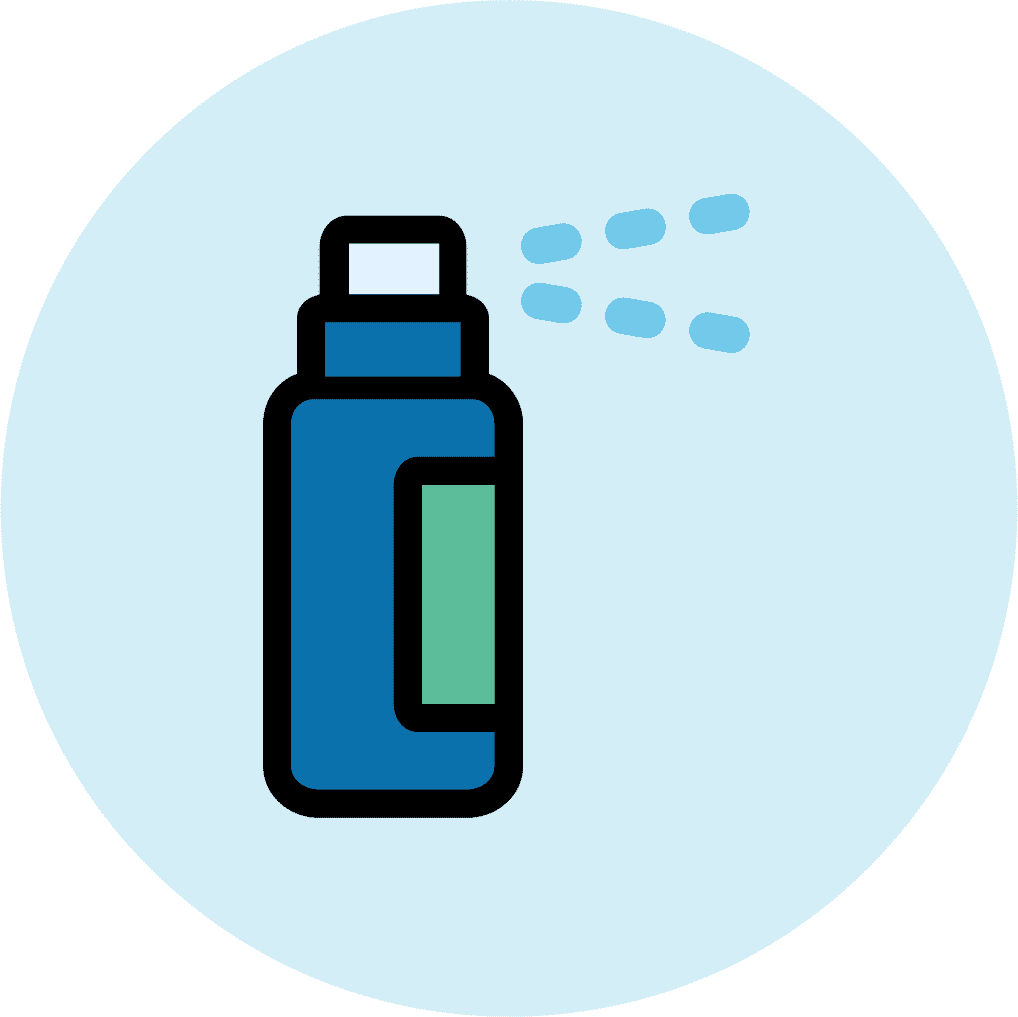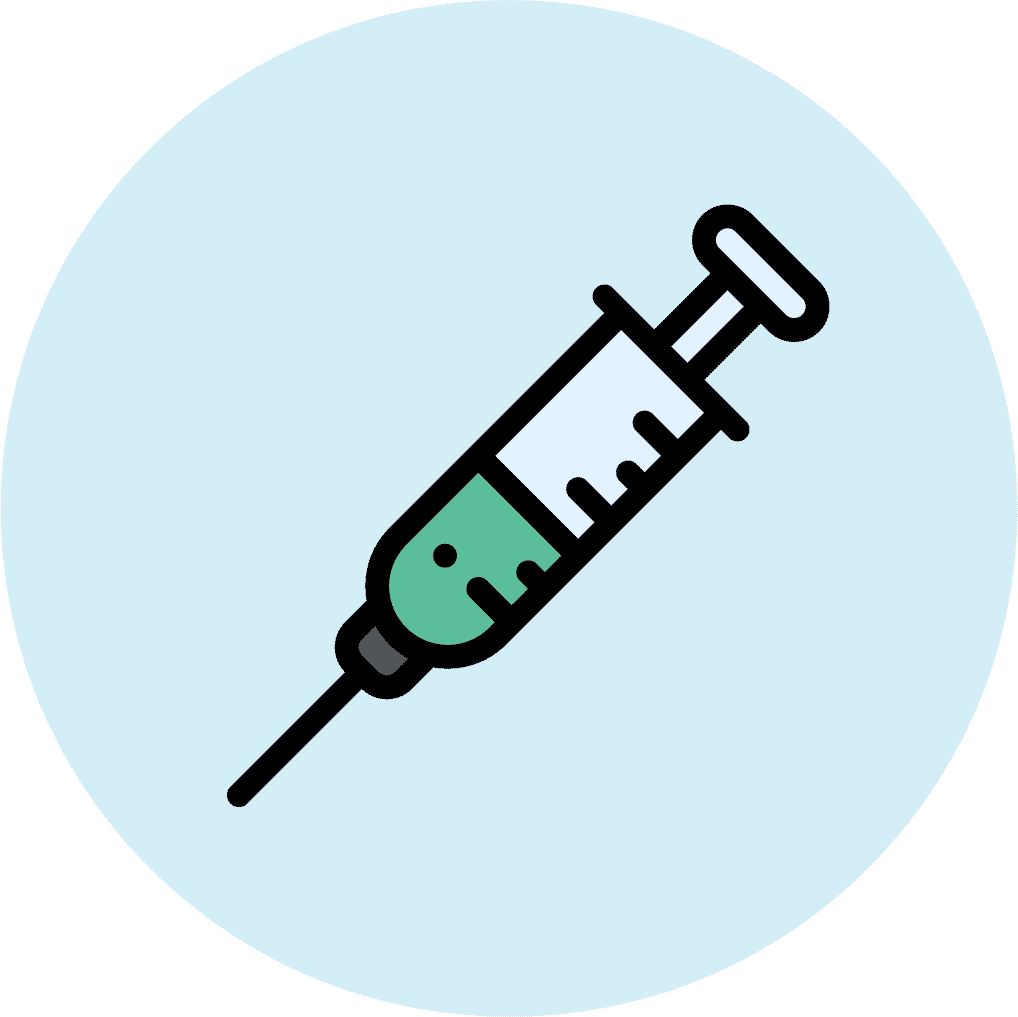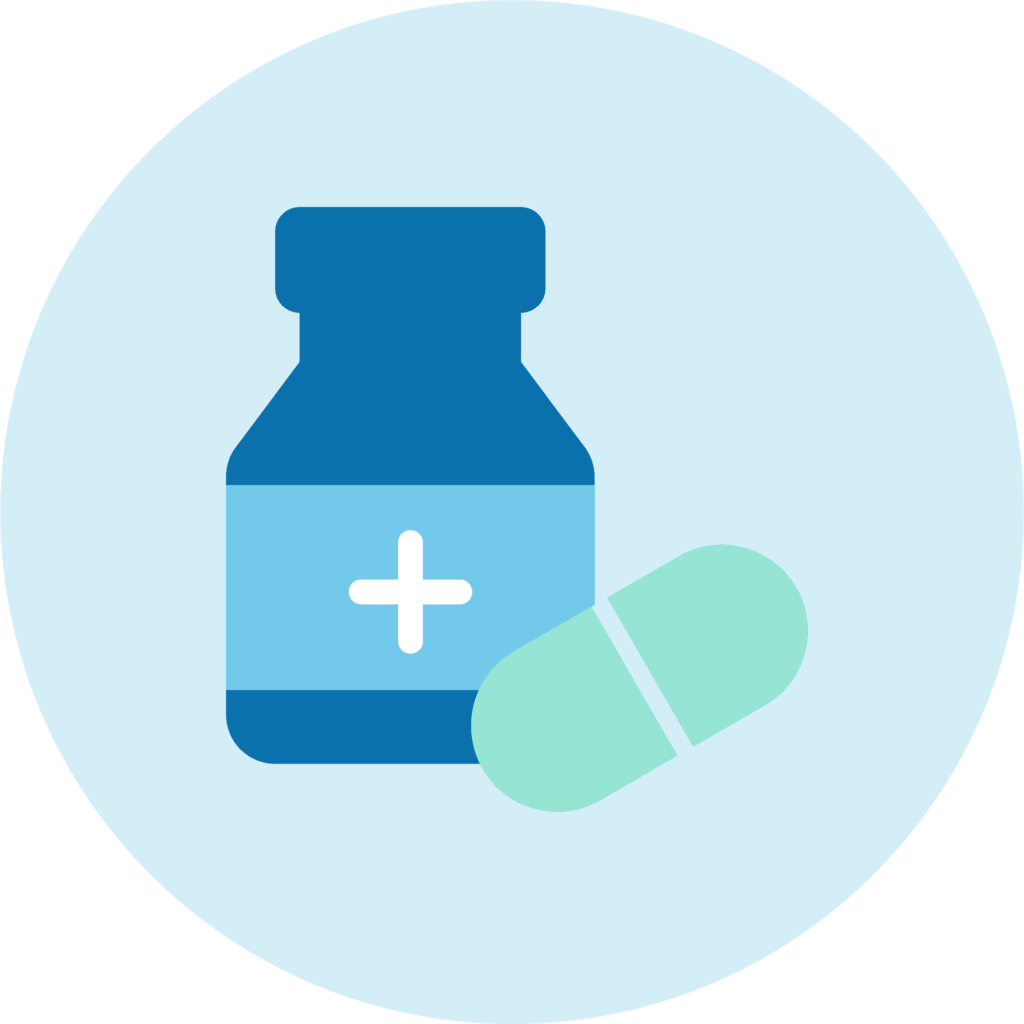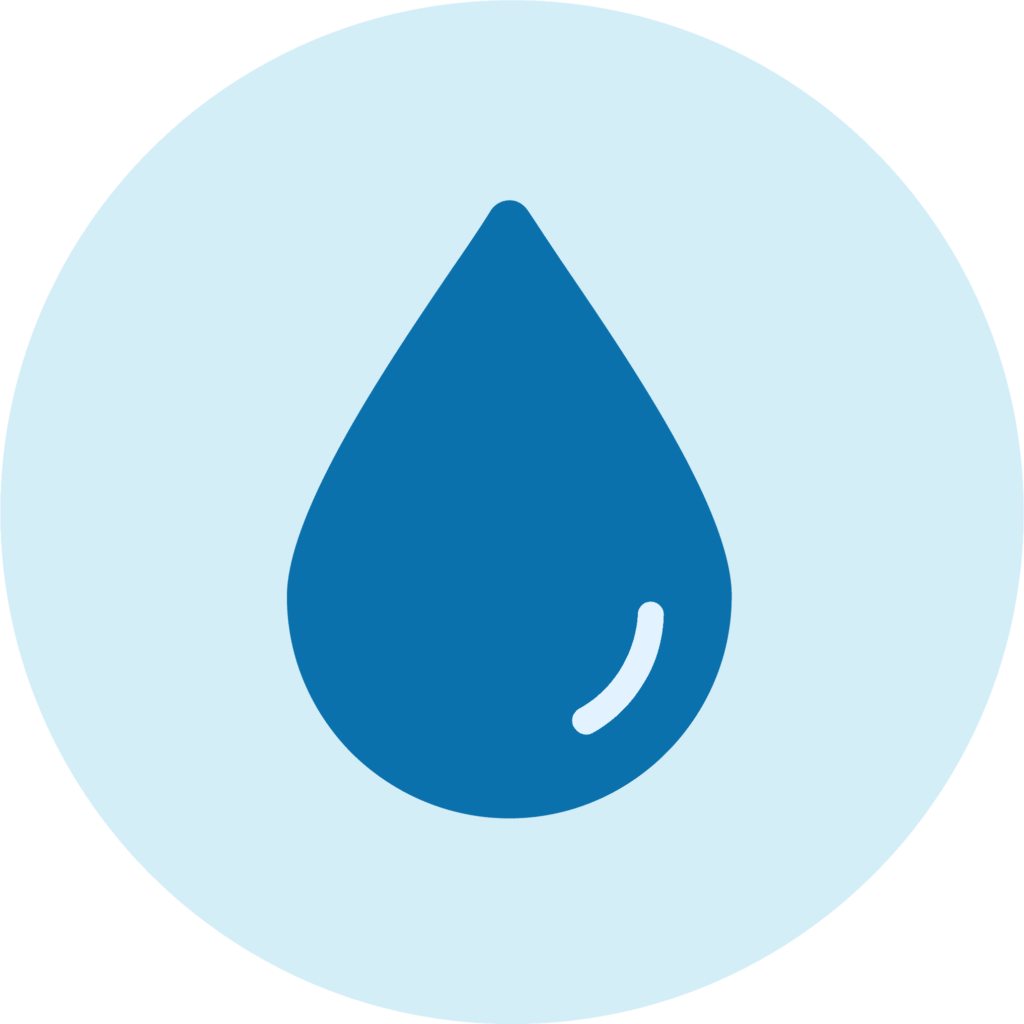Excessive sweating—or hyperhidrosis—is far more common than we think. Yet, many people are still too ashamed or embarrassed to talk about this skin condition. It occurs when the nerves that stimulate your sweat glands to perspire become overactive, causing you to sweat even when your body may not need to regulate its temperature. By understanding the type of hyperhidrosis, you may have, you and your skincare specialist can identify potential underlying causes and create an effective treatment plan that may help alleviate some of its uncomfortable symptoms.
Primary Hyperhidrosis vs. Secondary Hyperhidrosis
What Causes It?
Primary Hyperhidrosis is a condition that causes an individual to experience excessive sweating without an underlying cause. It’s considerably the more common of the two types of hyperhidrosis. While the cause of primary hyperhidrosis is unknown, evidence shows that it may be hereditary, as it typically begins in childhood or after puberty. Certain triggers may also encourage primary hyperhidrosis symptoms, including:
Secondary Hyperhidrosis is a condition where excessive sweating is the result of an underlying medical condition or a side effect of a certain medication or supplement. Therefore, secondary hyperhidrosis is most often seen in adults. Some of the following medical conditions or diseases may cause secondary hyperhidrosis, such as:
- Heart disease
- Obesity
- Diabetes
- Infections
- Cancer
- Hormone imbalances
What Areas Are Affected?
Primary Hyperhidrosis can occur anywhere on your body, but it typically occurs in more localized areas. If excessive sweating is localized to one or more of the following areas, it’s considered primary focal hyperhidrosis:
- Hands
- Feet
- Head/Scalp
- Armpits (i.e. Axillary)
- Under Breasts
- Groin
Secondary Hyperhidrosis usually occurs in various areas and often on a larger scale. When secondary hyperhidrosis is not localized to certain areas, it may be referred to as secondary generalized hyperhidrosis or generalized hyperhidrosis. It’s important to note that secondary hyperhidrosis “can” be localized to certain areas (i.e. secondary focal hyperhidrosis) due to a neurologic injury or dermatologic syndrome, according to the International Hyperhidrosis Society.
Are There Any Treatments?
Primary Hyperhidrosis has several different treatment options available, some of which you can try at home and others that may require a consultation with a doctor or skincare specialist.
Here are some of the highly effective focal hyperhidrosis treatments:

Antiperspirants—the aluminum salts in over-the-counter or prescription-level antiperspirants are designed to block sweat glands from perspiring.

Botox Injections—these injections temporarily stop the nerves from signaling your sweat glands to perspire.
 Anticholinergics (or other oral or topical medications)—your doctor can prescribe a topical or oral medication that essentially deactivates your sweat glands.
Anticholinergics (or other oral or topical medications)—your doctor can prescribe a topical or oral medication that essentially deactivates your sweat glands.
 miraDry—this safe, FDA-approved treatment eliminates sweat and odor glands in the armpit area—using non-invasive electromagnetic energy—and is highly effective with permanent results.
miraDry—this safe, FDA-approved treatment eliminates sweat and odor glands in the armpit area—using non-invasive electromagnetic energy—and is highly effective with permanent results.
Secondary Hyperhidrosis may also be treated, but because it is a secondary condition, it’s important to work with your skincare team to determine what the underlying cause(s) of your excessive sweat may be. Consult with an expert about your family history, medical conditions, and your current prescriptions, medicines, and supplements to begin identifying the underlying cause of your secondary hyperhidrosis. After identifying the cause, your skincare doctor may also suggest one of the above focal hyperhidrosis treatments to address excessive-sweating symptoms.
Excessive sweating can be frustrating and embarrassing, but there are ways to alleviate your sweaty symptoms. If antiperspirants and at-home treatments aren’t cutting it and your sweating is affecting your social life, work performance, or self-esteem, it may be time for an effective dermatological solution.
mirDry to the Rescue!
Non-invasive procedures like miraDry can help your regain control of your excessive sweating. Watch our video to learn more about mirDry!